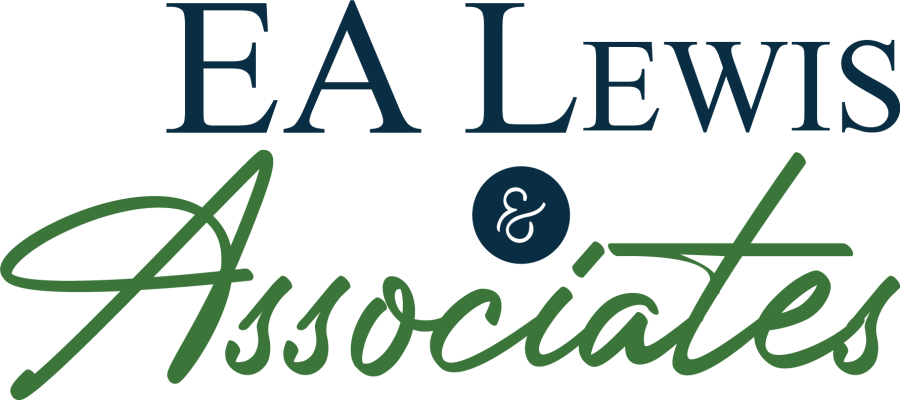Let’s start with a standard question. Are you self-aware?
Most people would confidently reply with an emphatic, “Yes. I am self-aware!” However, before jumping to any bold conclusions about your self-awareness level, let’s look at some simple facts. According to Tasha Eurich (an organizational psychologist) 95% of people believe that they have self-awareness, but in reality, only 10-15% of people are self-aware. Whether you think you’re self-aware or not, I have some stunning news – statistically speaking, you are not.*
Why do so many people believe they’re self-aware when they aren’t? Because we all have blind spots. And many people think they can see these blind spots when they don’t. In fact, they can’t. Because the very nature of the term “blind spots” indicates extra help is needed to see clearly. This is where self-awareness comes in.
Here’s a hypothetical question I often ask in Team Trainings:
If a banana looks in a mirror, can the banana see its brown spots?

Logically, we know bananas don’t have eyes. Enough said. But hypothetically, if a banana could see, it surely wouldn’t see all its’ brown spots because many of these “spots” are hidden inside, underneath the surface. Where does a banana get its blind spots? Some are genetic, while others appear due to age or bruises developed from injury. Either way, these spots form from the inside out. And there you have it. That’s the overall concept of Emotional Intelligence [EI] – what’s going on inside each of us often surfaces on the outside, though we’re completely unaware. Consequently, we all have blind spots.
What’s going on inside each of us often surfaces on the outside
though we’re completely unaware.
Where do we begin?
Self-awareness is the necessary first step in EI. Our blind spots (defined as strengths and weaknesses) require both internal and external self-awareness to resolve. Internal self-awareness is knowing my thoughts, emotions, behaviors, and values while understanding how they affect those around me. External self-awareness requires necessary feedback from others to fully understand how my thoughts, feelings, behaviors, and values are portrayed daily to those around me.
Let’s face it. Every day, our thoughts “leak out” through non-verbal communication.
Our thoughts are felt in our emotions.
Our emotions are exposed through body language, tone of voice, and posture.
Our behaviors are outwardly exposed to those around us.
Our core values accentuate each of these producing harmonious or dissonant actions.
Why develop self-awareness?
Self-awareness is one of the greatest keys to success in the workplace. Self-awareness not only brings greater happiness, stronger relationships, more success, and overall more purpose driven lives, but studies repeatedly show the most effective and successful leaders to be highly self-aware.
Studies repeatedly show the most effective and successful leaders to be highly self-aware.
Recently, I facilitated a Staff Development at a retail store where one employee shared with me her personal revelation of a major blind spot in which she was unaware. She said, “One day, an employee came up to me and said, ‘You look really mad when you’re creating product displays. I know you’re not an aggressive person, but your focus face looks different than your usual facial expressions.’ She was referring to my resting face. I had no idea! Here I was, on the floor with customers each day with this awful customer service face.” This employee grew in self-awareness because she was willing to receive external feedback from her employee to increase self-awareness. Working on teams is one of the best environments to understand our blind spots because whether we’re aware or not, they clearly see them each day.
How do I increase self-awareness?
Here’s where you can start.
- Pay attention to your behavior throughout the day and how it affects others.
- Check in with yourself periodically to identify your feelings and thoughts.
- Ask someone you trust for feedback on your nonverbal communication style.
- Learn your strengths and weaknesses by asking those you trust.
- Don’t deny or minimize your weaknesses (we all have them). Problem solve instead.
“A workplace that encourages self-awareness is an environment where the most productive, curious, and innovative people thrive.” Neil Blumenthal
How does increased self-awareness grow your business?
In short, we are communicating our blind spots every day through our interactions with others. How? 93% of communication consists of non-verbals and 7% is our actual words.
Communication creates culture. Self-awareness sets the tone for organizational culture
subsequently producing toxic or healthy workplaces. A healthy culture consists of good
communication improving team cohesion, performance, customer satisfaction, employee
retention rates, and overall productivity. Each of these greatly affects our bottom line.
Let’s end with that question. Are you self-aware? No matter where you fall on the continuum, self-awareness is a skill that can be discovered and built. Inertia brings momentum, propelling you and your team forward to the next level.
Contact us if you would like a little help working on your self-awareness!
*https://www.forbes.com/sites/jeffkauflin/2017/05/10/only-15-of-people-are-self-aware-heres-how-to-change/



